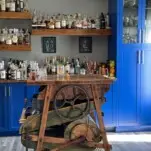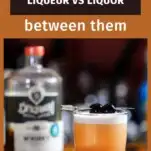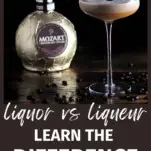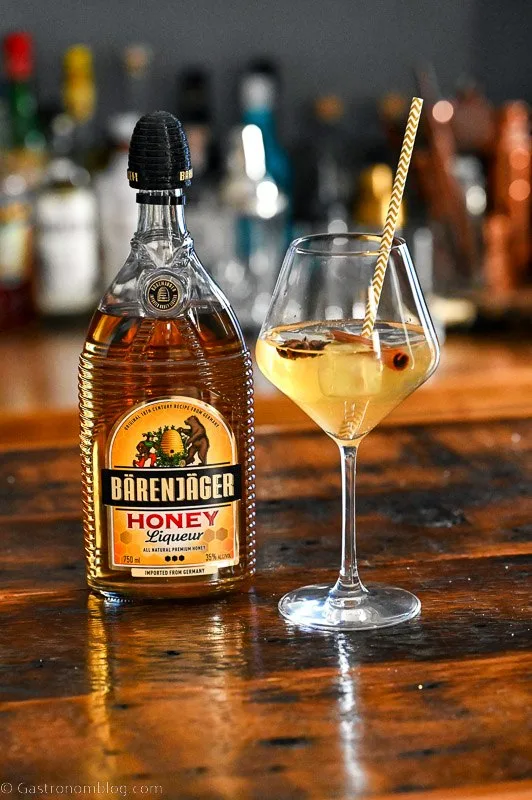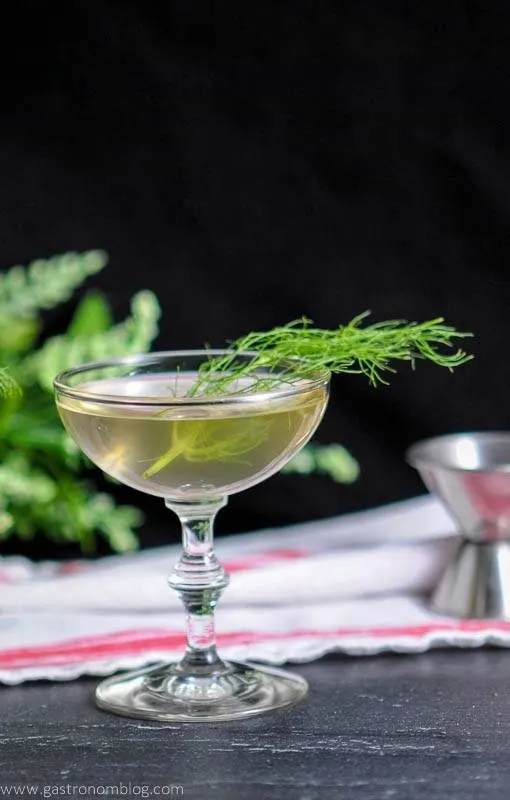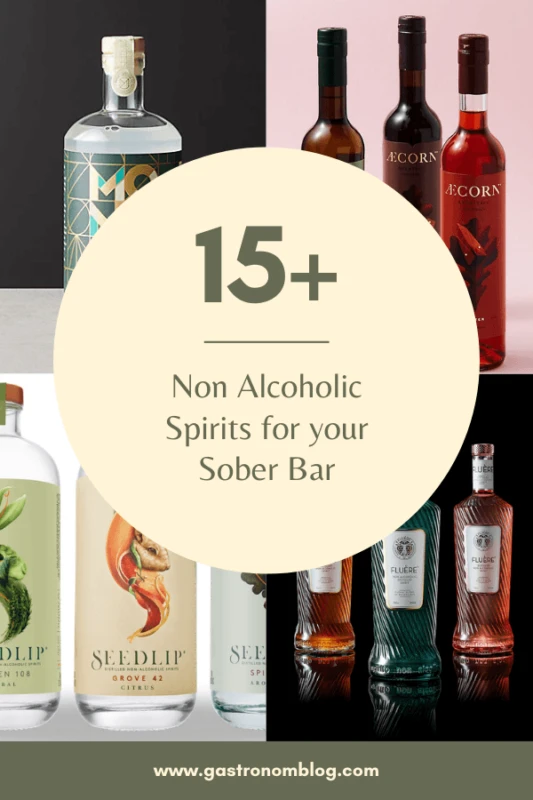Last Updated on September 29, 2023 by Leah Hall
If you have ever wondered what the difference in alcohols there are? It can get confusing what the definitions are, so read below to find out about liquor vs liqueur!
In the world of cocktails and spirits, there are many types of alcohol and many terms that get used. If you are like us, and love trying new spirits, then you need to know what some of these terms mean. If there are two terms that can really get confused it has to be “liquor” and “liqueur.”
This post contains affiliate links for products that we think you as readers might find useful, and we make commission off of these! For more details about our affiliates, click our Disclosure and Contacts Page.
These words sound similar, but these two are quite different. The categories of alcohol differ, so learn about the key differences between liqueur and liquor below. Also, check out our new vintage glassware store with this post, as well as our vintage store!
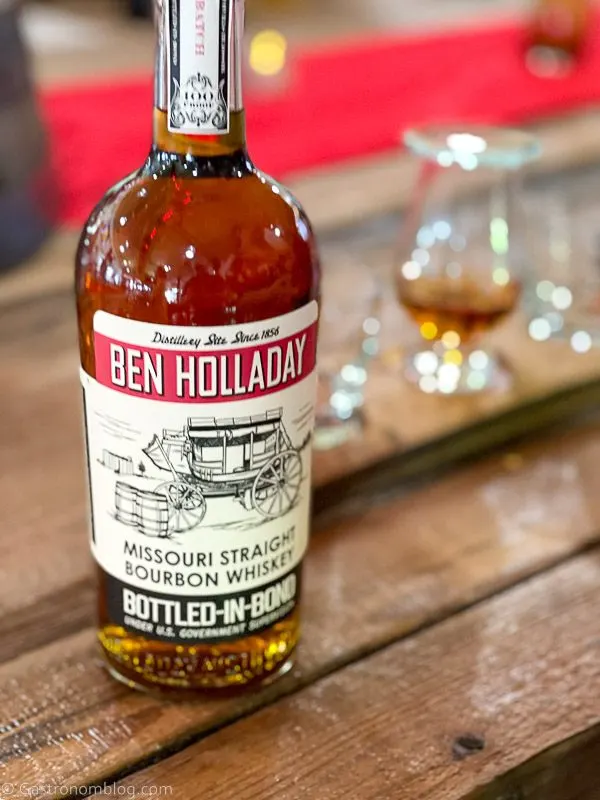
Liquor vs. Liqueur: What’s the Difference?
Liqueur and liquor are liquids with alcohol content. They are in different locations in the liquor store, so if you have never understood why, read more!
- Liquor – also known as spirits, hard alcohol, or distilled spirits. This is a category of alcoholic beverages that ferment and go through distillation. In distillation , heat and condensation increase the alcohol content, and most of the water boils off, concentrating the alcohol. Liquors usually start with a grain base, sometimes fruit. The six main categories are gin, vodka, whiskey, brandy, rum, and tequila. These are also higher in alcohol content ranging form 40-55% ABV (Alcohol by Volume), which is 80-110 proof.
- Liqueurs – can be known as sweet and potentially intensely flavored liquids. Most begin with liquor as a base. Then herbs, spices, or other flavorings are added. They are used as sweeteners or added flavor in cocktails. Liqueurs are lower ABV because of more ingredients and sweetener, so are usually in the 15-30% ABV range, about 30-60 proof.
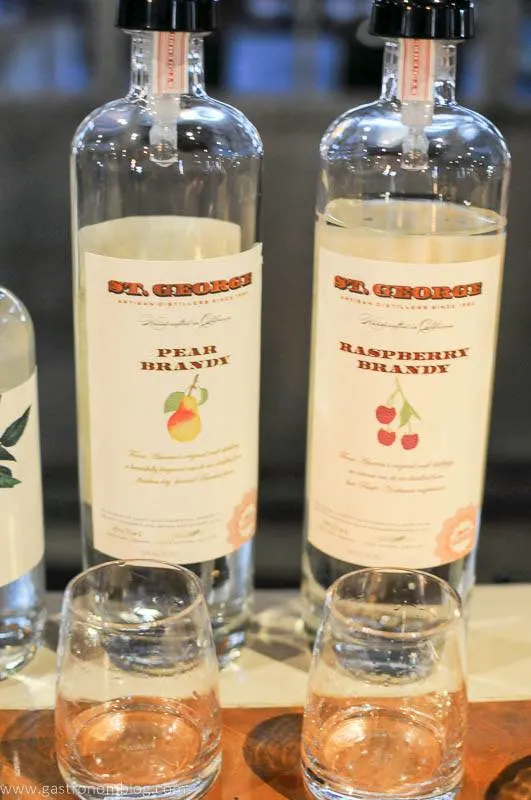
Some of the delicious fruit brandies from St George Spirits!
What is Liquor?
Liquors are alcoholic beverages that are made by using plants or grains and distilled.
When reading about liquors, there are 6 types that you can come across – gin, rum, whiskey, tequila, vodka and brandy. First, an alcoholic mash will be made by fermentation. Then, once this is complete, liquor becomes available in fermented form. After this the distillation process begins. This alcohol extraction is in relatively high concentration. Then, this distilled spirit can be aged, flavoring added or watered down.
Technically speaking, liquors don’t have sugar added, some do, potentially rums. Each specific type of hard liquor has its own regulations on how much sugar is permitted or used. Now, there are a lot of flavored spirits on the market – like peanut butter whiskey, chili tequila or caramel vodka. Usually when flavor is added to a spirit, sugar is added as well. These are still considered liquors because of the high alcohol content, but they are sweet. This sweetness could potentially move them in the liqueur category, too.
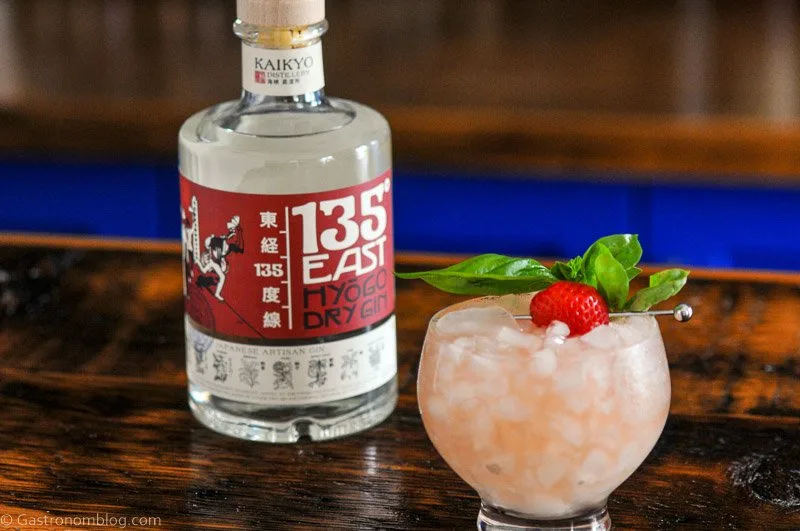
Liquors are the base of cocktails. In most cocktail recipes, you might only see one hard spirit, like tequila in a margarita. Or like Rye Whiskey in a Scofflaw.
Liquors is usually what makes a drink “taste” like alcohol. Which is why you want a cocktail to have a little taste of alcohol, but you want the final drink recipe to be well balanced. But, liquors really don’t bring a large amount of flavor to the drink. This is why there is sweetener, bitters and acid added to liquors in a cocktail.
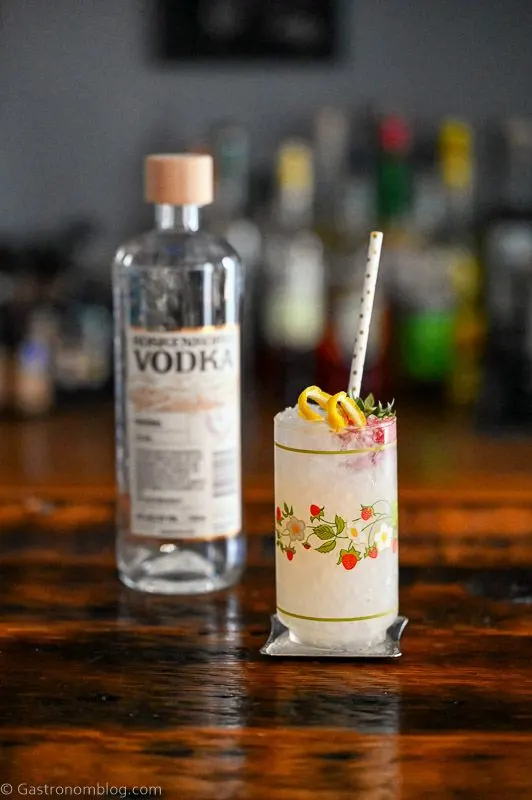
If a bottle is printed with “Flavored___” (pear flavored Vodka, peanut butter flavored Whiskey), you can assume that liquor will have that flavor and sweetness added too.
What is Liqueur?
Liqueur is an alcoholic drink made of spirits and flavorings like added sugar, fruits, spices, and herbs. Liqueurs have a lower alcohol content than liquor.
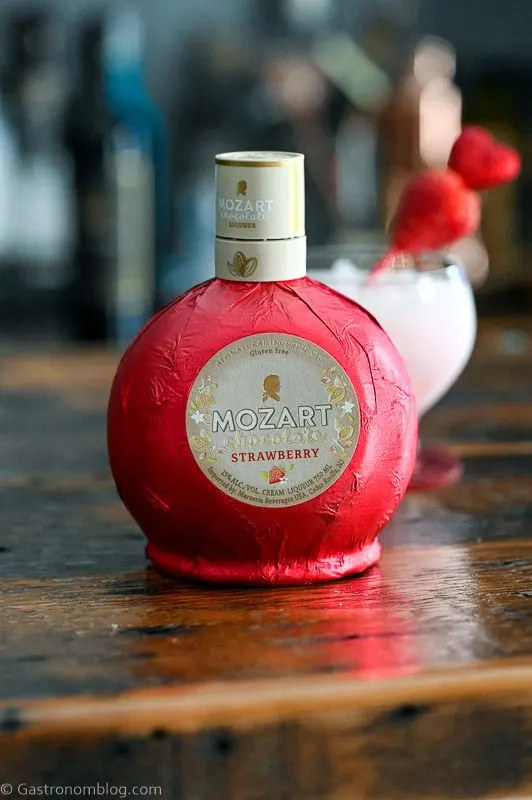
Liqueurs are also known as historical descendants of herbal medicines seemingly made by monks in many countries. But today, it is a term used all over the world and can be used in coffee, drinks, cocktails and even in cooking and baking.
Sub categories of this can be cordials or schnapps.
Liqueurs are a common ingredient in cocktail recipes, because they bring flavor and complexity to a drink. They range from single flavor liqueurs, like creme de cacao; to complex (i.e. Green Chartreuse or amaro). Citrus liqueurs like limoncello or orangecello are liqueurs, too.
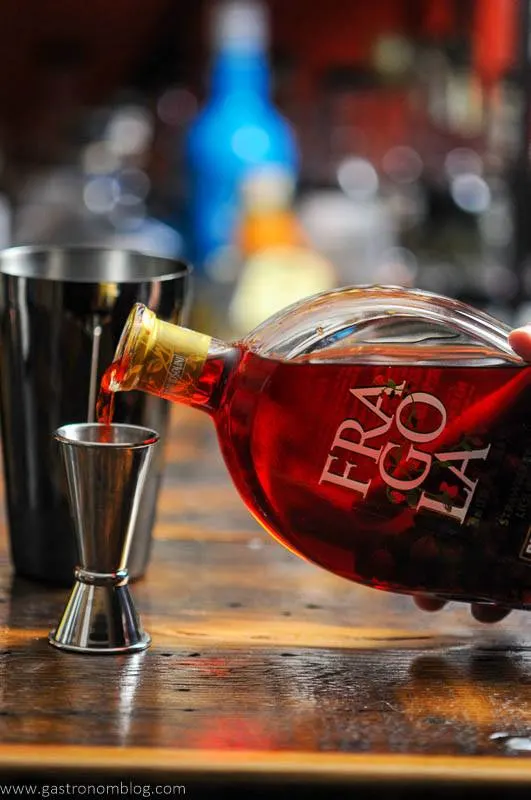
Just remember that liqueurs always bring sweetness to the drink recipe. So if you use liqueur in a recipe, use less sweetener in other forms. Liqueurs do bring alcohol content to the drink, too, so make sure to plan for that as well.
6 Types of Liquor
Most liquors into six recognized categories:
- Whisky/Whiskey – Whiskey is distilled grain alcohol, from the fermentation of wheat, barley, corn, or rye. Whiskies can range in color from dark amber to lighter gold and are usually 40-55% ABV. Whiskey is the base of many classic cocktails, like a Manhattan or Old Fashioned.
- Gin – Gin can be the most complex liquor category. It starts with the base spirit of grain, or fruit, it contains spices, and botanicals. Most gins are flavored by juniper berries, which give gin its floral, and slight astringent flavor. Gin uses plenty of other ingredients, too. Gin is the base of cocktail like a Gin Fizz, Gin and Tonic, and the Clover Club. ABV for gin can go from 37-50%.
- Rum – Rum is made from molasses or sugarcane, but the liquor itself isn’t usually sweet. Some rum is aged which darkens the color. Is the bases for classic cocktails like a Mai Tai or Mojito.
- Vodka – Vodka can be made from potatoes, cereal grains, and even fruit. Vodka is one of the most popular spirits. There are flavored vodkas, but vodka is usually a clear spirit, and because of it’s “blank canvas” i.e. not much flavor to a neutral grain spirit, makes for a great mixer. You can also use vodka added in a cocktail to up the proof of the drink. The standard ABV for vodka is 40%.
- Tequila – Tequila is made from the blue agave plant, this gives its’ unique flavor. Comes from Jalisco in Mexico, and the ABV is from 35-55%. Tequila is the base spirit for classic cocktails like the Margarita or Paloma.
- Brandy – Brandies are made from distilled wine. This can also include apples or pears in the distillation process. Brandy is sipped neat, added to hot drinks, or used in cooking soups and sauces. Also in classic cocktails like the Brandy Alexander or the Sidecar. Brandies range from 35-60% ABV.
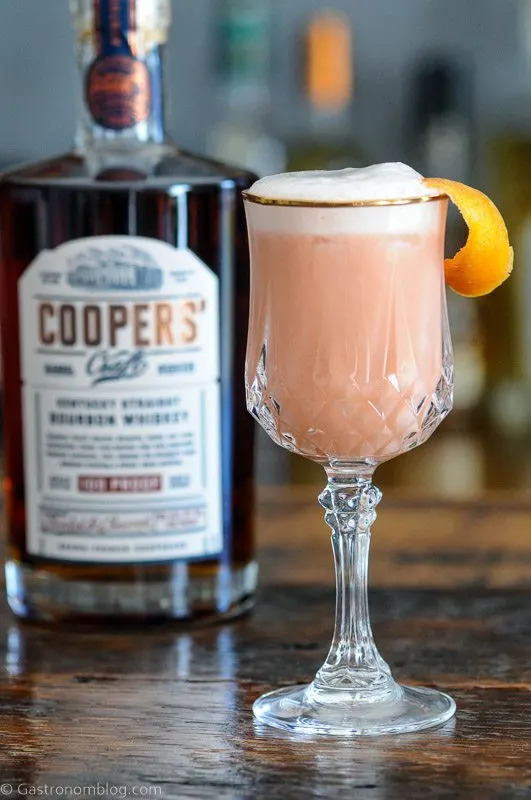
Types of Liqueurs
There are many distinctive liqueurs, and even disputed categories of liqueurs. This is because some can fall into more than one category, which can make it difficult to classify. But, we have narrowed it down to these examples.
- Amaro – Amaro is a broad category of Italian bitter liqueur. Amaro means Italian for “bitter.” Made from either a neutral spirit or brandy, this bitter liqueur is a staple in Italy, and now around the world. Most recipes includes herbs, spices, and flowers, barks and roots like gentian root, cinchona, and wormwood give unique flavors. Campari and Cynar fall into this category, as well as a lot of others.
- Cream – These sweet and creamy liqueurs are usually made with the addition of dairy or milk substitute. Bailey’s Irish Cream and Rumchata are 2 examples.
- Coffee liqueur – coffee liqueurs contain caffeine, and taste like coffee. Kahlúa, St George NOLA or Mr Black are types of coffee liqueurs.
- Floral – these are flower based liqueurs, usually made from edible flowers. Creme de Violette, Creme Yvette or St Germain are all floral liqueurs.
- Nut – there are many different nuts, and we have seen quite a few made into liqueurs. Some are great just for sipping, others make tropical and rich cocktails even better! Some examples are amaretto, Frangelico or nocino.
- Crème – this liqueur category is usually flavors that are strong and one specific kind. Such as crème de banana, crème de cacao, or crème de menthe. They are sweet and don’t contain dairy. Syrup like is a good way to describe them.
- Herbal – These can also be called “medicinal” because they were used as medicinal purposes once upon a time (or an ingredient was). Some examples of these are Chartreuse, Benedictine, Galliano, Fernet and The Kings’ Ginger.
- Fruit Liqueurs – this category is fruit or citrus fruits made into a sweet liqueur. This could be triple sec, Grand Marnier, limoncello, cherry heering or even Midori.
- Chocolate – this can be cream or not dairy based liqueur, just chocolate based, which could include milk chocolate. Some good brands are Mozart Chocolate Cream (buy Mozart here!) and Godiva.
- Whiskey – some liqueurs are liquor based with whiskey (there are some with other liquors, too) but, these are more well known. Such as Drambuie or Fireball.
- Other – this category is broad and just takes everything else that can’t really be put into one of the other (broad) categories above. Some could be Ancho Reyes, Tuaca or Barenjager.
The History of Liqueur
As we said above, many herbal liqueurs were originally medicinal and have the history of being used as cures or tonics for sicknesses. They have been called elixirs, balms, even cordials.
The creation of today’s liqueurs is most often attributed to 13th-century era Italian Monks and physicians. Over time they just became popular as alcoholic drinks and not as medicinal use.
Hope this was informational, cheers! Also check out our post about peach liqueur vs peach schnapps!
Also, don’t forget to follow us on Instagram and tag #gastronomcocktails so we can see all the wonderful recipes YOU recreate from this site!
You can also subscribe to our weekly newsletter so you never miss a delicious recipe again!
Like this post? Check these out below, too!
Interested in stocking your own home bar? Make sure to see our favorites at our Amazon Store!
If you liked this post, don’t forget to subscribe for new (and of course free) recipes by entering your email address on the side bar (and get all the recipes delivered to your inbox when we post), so you don’t miss out on a thing. You can find us on Facebook, Instagram, and Pinterest!
Gastronomblog is a participant in the Amazon Services LLC Associates Program, an affiliate advertising program designed to provide a means for sites to earn advertising fees by advertising and linking to amazon.com

